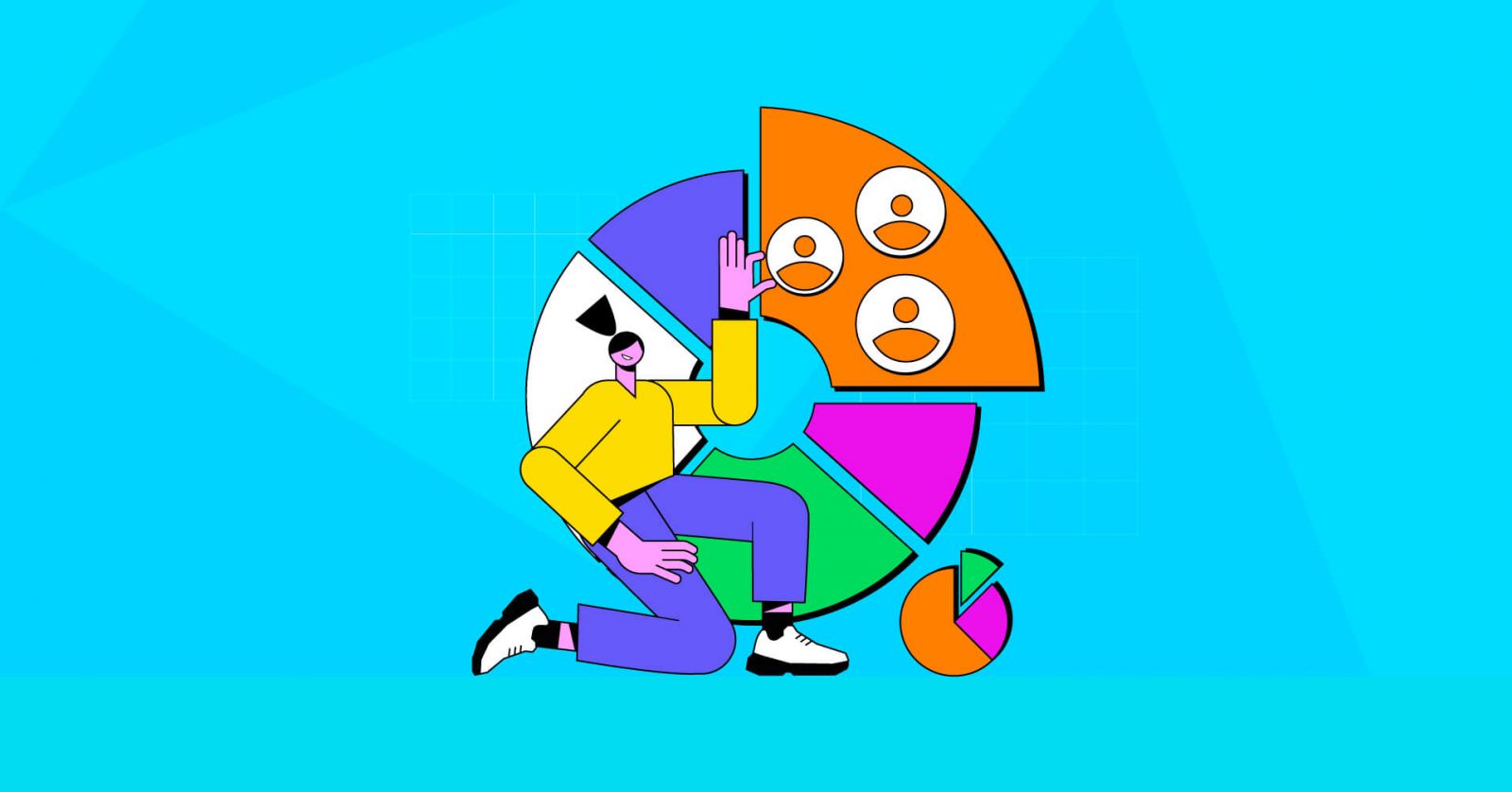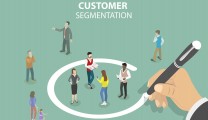What is customer segmentation?
Customer segmentation is the process of dividing customers into specific groups based on common characteristics. Each segment will have its own characteristics and purchasing behavior. This will affect the business strategy of the enterprise.
Businesses need to adjust their content and messages to suit each customer segment. A marketing and sales strategy that is tailored to the target audience will bring higher business efficiency.
Customer segmentation can be based on demographic characteristics such as geographic location, age, gender, income, etc. There are also many other ways to segment customers, helping businesses better understand their target audience and optimize their outreach strategy.
Why is it necessary to define customer segments?
Personalize customer experiences at scale
Global consumer trends for 2022 show that customers are increasingly demanding personalized experiences. More than two-thirds of customers want to feel cared for and are willing to spend more when they do. With 9.5% of business revenue at risk, understanding each customer’s specific needs is critical.
Whether at the brand level or within a smaller marketing strategy, businesses need to understand the needs and desires of each customer group in order to reach them most effectively. What do your customers care about? What do your target groups have in common? And how can you group similar customers to better personalize their experience?
Customer segmentation analysis will help businesses better understand their current customers, making strategy development easier for the marketing team.
Businesses can also look at which segments to focus on, and understand how and when customers move between segments. Customers don’t stay in one segment, but move frequently. For example, a person might move between segments as they graduate from college and get their first job, then get promoted (and move into a higher income bracket), then move from renting an apartment to owning a home, and then move from being single to getting married and becoming a parent.
Increase customer loyalty and lifetime value
Customer segmentation brings huge benefits to businesses, especially increasing customer lifetime value. When businesses understand their customers better and can reach them effectively, this will promote brand loyalty.
Instead of a customer visiting a cosmetics store only twice a year to buy skin care products with a large basket, segmenting customers can help businesses better understand their needs. This can lead to customers returning five times a year with smaller baskets. Even though each purchase is smaller, customer loyalty increases because they are interacting with the business on a regular basis.
These small, frequent purchases are not only more efficient, but they also help predict customer behavior better, which in turn informs future business decisions for the business. This not only increases loyalty but also increases the lifetime value of the customer.
Grasp the changes in customer needs
Customer behavior and needs are not static. At the same time, customer experiences need to adapt over time to keep up. For example, major changes in the past few years have created new needs as people’s experiences change. From working in the office to working remotely, from eating in restaurants to eating at home, etc. All of this requires businesses to update their market knowledge to develop and adapt to each customer segment.

To do this, businesses need to develop customer segmentation models. Managers can combine new information and segmentation data, then adjust accordingly.
The segments that are successful in one season may be completely different the next. The needs of current customers also change with the development of society and technology. Understanding the reasons behind customers' choices will help businesses overcome the fluctuations and reach new segments more effectively.
Popular customer segments today
Customer segmentation by geography
Geographic customer segmentation is dividing customers based on geographic location and common language.
- Preferred language: Knowing a language helps businesses communicate better. For example, in the US, both English and Spanish are used.
- Location: Understand where and how to reach your customers. Your marketing strategy for New York residents will be different than your marketing strategy for customers in Alabama.
- Transportation: Knowing how customers travel helps optimize outdoor advertising, such as on trains, billboards or subway stations.
Psychographic segmentation
This segmentation is based on customer preferences, values, and personality traits.
- Interests: Activities, sports, pets that customers enjoy. You can target your advertising to these areas or partner with related organizations.
- Value: Identify value through surveys or interviews, then refine your product or service to meet their specific needs.
- Personality traits: Helps market in a way that customers can easily relate to and respond to.

Customer segmentation based on behavior
This segmentation looks at purchase history, response to marketing campaigns, and product usage.
- Website Activity: Track which pages and elements your customers interact with the most.
- Ecommerce Activity: Monitor actions when customers visit your online store, like products purchased or abandoned carts.
- Purchase Frequency: Customers who purchase frequently are more valuable, consider rewarding frequent customers with exclusive offers.
- Recent interactions: Understand recent interactions to inform next actions, such as rewarding positive feedback or strengthening relationships with customers who had negative experiences.
Segmentation based on needs
This segmentation is based on the specific requirements of customers for the product or service.
- Product Features: Find out what features customers need to keep the product relevant.
- Service needs: Including onboarding process, efficient customer service or fast delivery.
- Delivery method: Classify customers according to specific delivery needs.
Customer segmentation by technology
This segment is based on customer usage of devices, applications and software.
- Device Type: Classify by the type of device customers use to interact with your website, such as phone, tablet, or computer.
- Browser Type: Customers use different types of browsers like Chrome, Firefox, Safari. Make sure the content displays well on these browsers.
- Origin: Customers can find you through social media, search engines, or referrals. Knowing how they found your business helps optimize your conversion path.












Replies to This Discussion